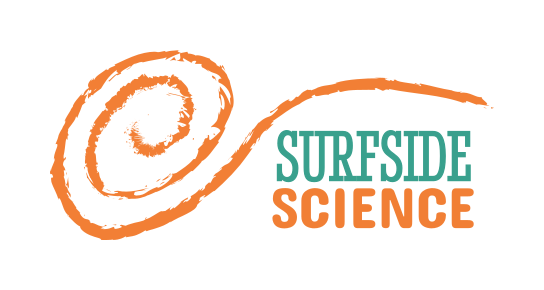We are seeking (a) partner(s) to support the Surfside Science project in the scientific validation of low-cost replicable methods for environmental monitoring for a contract duration of 36 weeks during the project period ending in July 2023.
The project is funded by the European Union and seeks to validate methods for monitoring of air quality, water quality, and mapping of coastal environments. Every piece of the project should be documented for replication, and content should be licensed as open source to facilitate this. The project will develop and share products and methods that can be used by other communities to monitor their local environment, collect and share data.
From the project proposal, the validation activities encompass scientific fieldwork described as follows:
(4) Fieldwork and lab work to assess validity of methods – Throughout the digital data collection, traditional lab work and fieldwork will be used to validate methods. Water and air quality station data will be validated by comparison with results of standard lab tests and professional equipment readings to verify that the digital data is accurate and correctly recorded. GIS maps will be validated by comparison with ground-truthing field observations from a dive team for underwater maps. Vegetative cover, sandy beaches, and reef island measurements will also be ground-truthed through community mapping events promoted on social media.
The parameters to be monitored are listed below. The validation process will need to identify and implement methods to co-monitor these parameters at specific locations and times to match the developed low cost methods, and to assess their accuracy to determine their viability for useful coastal monitoring.
Air Quality: Particulate matter PM1.0, PM2.5, PM10.0 (μg/m3), relative humidity (% saturation) and temperature (°C)
Water Quality: Acidity (pH), dissolved oxygen (mg/L), temperature (°C), and electrical conductivity (μS/cm)
Coastal Change: Vegetative mangrove cover, coastline/shoreline boundary, perimeter and size of reef islands
Seafloor Mapping: Benthic habitat, classified into sand, rocks/rubble, seagrass/seaweed, and coral
Air quality and water quality will be monitored using electronic sensors in the field, maps will be developed using periodic satellite imagery analysis, and underwater imagery analysis. Resulting data are expected to be in a combination of appropriate formats including csv tables, vector geographic point and shape files, and raster maps.
A signed sworn declaration, linked here, is required for any contracted organization.
More information about the project is available on our website, and the initial proposal is in the project document here.
Please submit inquiries and proposals by email to science [at] brenchies [dot] com
